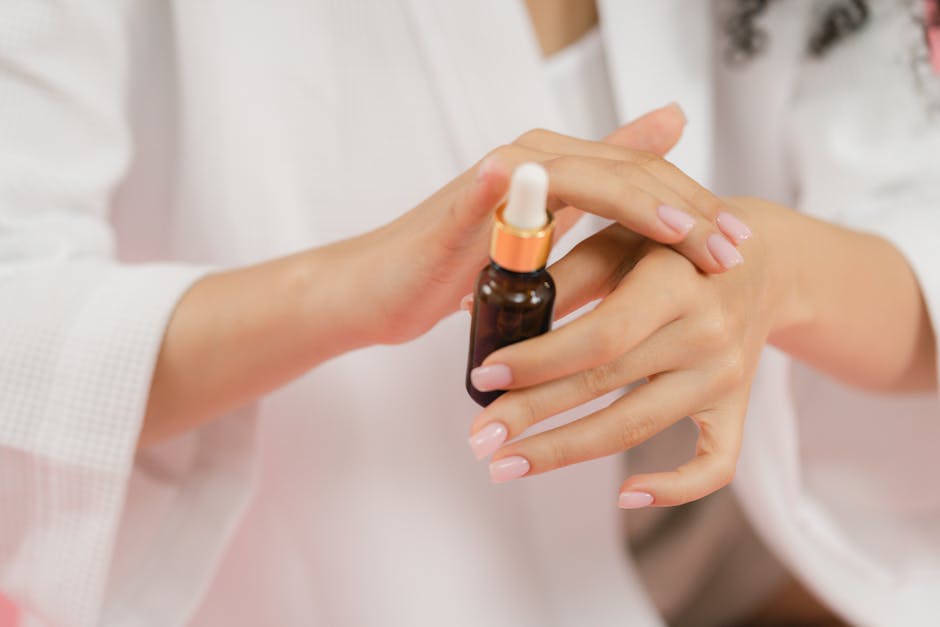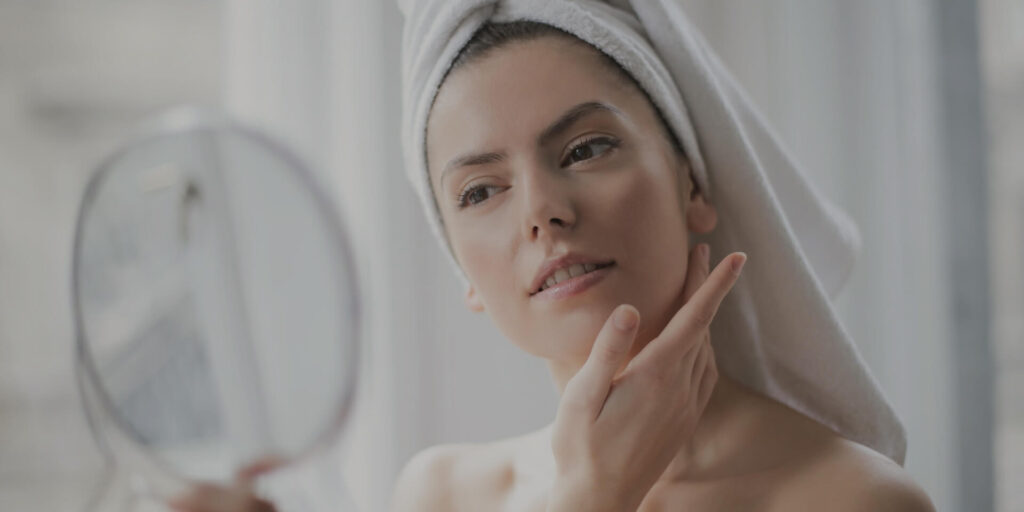Our skin is more than what we see in the mirror—it is vital to our health, identity, and confidence. As the body’s largest organ, it covers us fully and constantly protects and regulates us. Knowing its structure, types, and functions helps us understand its essential role.
What Is Skin?
Skin is a living, active organ. It separates the inside of our bodies from the outside world and is made of several layers that work together as a complex system. Skin helps us sense our surroundings, maintains our body temperature, protects us from harm, and can reveal signs of our overall health. It is constantly renewing itself, healing cuts and scrapes, and adapting to changes both within and outside our bodies.
The Skin’s Structure
The skin appears thin, but it has several layers, each with a distinct function. Together, they create a flexible barrier that protects and supports our bodies.
The epidermis is what we see and touch; it is the top layer of skin. It is thin but very protective. It blocks sunlight, chemicals, and germs. The epidermis replaces itself approximately every 28 days, demonstrating its high level of activity. Special cells in this layer make the skin’s colour. They also help protect it from the sun’s harmful rays.
The dermis is much thicker and lies under the epidermis. It contains blood vessels, nerves, sweat and Oil glands, and hair roots. Proteins in the dermis give the skin its strength and elasticity. This layer enables us to perceive pain, heat, cold, and touch.
The hypodermis, or subcutaneous layer, is deepest. It consists mainly of fat and connective tissue. This layer insulates, cushions, and stores energy.
The Various Skin Types
Different skin types require different care. Dermatologists describe skin as usual, dry, oily, combination, or sensitive. Normal skin is balanced with few problems. Dry skin feels rough or flaky from a lack of moisture. Oily skin produces excessive Oil, resulting in shine and sometimes acne. Combination skin is oily in areas like the forehead, nose, and chin, but dry on the cheeks. Ask yourself where you notice shine during the day. Sensitive skin becomes red or irritated by specific products or environmental factors—skin type changes with age, lifestyle, climate, and genetics.
The Skin’s Functions
- Our skin is a constant guardian, forming a barrier that retains water and nutrients while shielding us from chemicals, bacteria, and UV radiation. This primary function of protection is vital, ensuring our safety and well-being.
- Controlling body temperature is another essential job. Blood vessels dilate to release heat when we are too hot. Sweat cools us down as it dries. Blood vessels constrict to retain heat when it is cold. The fat under the skin helps keep us warm.
- Our skin is a powerful sensory organ, packed with nerves that allow us to interact safely with our environment. It enables us to sense pressure, temperature, touch, and pain, fostering a deep connection with the world around us.
- When we are exposed to sunlight, our skin helps produce vitamin D, a vital nutrient essential for maintaining strong bones and a healthy immune system. The skin also has special cells that help fight off germs.
Typical Skin Disorders
When it comes to skin care, early action is key. Skin is exposed to outside elements and changes within our bodies, leading to several common problems. The key takeaways are:
- Acne is prevalent and can result from bacteria, clogged pores, or excess Oil. Eczema (atopic dermatitis) causes dry and itchy skin.
- Psoriasis creates thick, scaly patches and is a long-term condition. Infections such as cellulitis, ringworm, and impetigo may start on the surface but can worsen if left untreated.
- Too much sun exposure raises the risk of skin cancer, which is a serious issue globally. Watch for warning signs, including lingering redness, sores that don’t heal, changes in moles, or new growths.
If you experience these symptoms, track them and identify triggers, and consult a healthcare provider. Early action prevents bigger problems. Remember, these key points help you identify and respond to common skin concerns.
See a doctor for stubborn acne, strange moles, or skin issues that worsen or don’t improve with home care. Early attention helps you receive the proper treatment and maintain your skin’s health.
Taking Care of Your Skin
Taking care of your skin means being consistent and gentle. Clean your skin daily with a gentle cleanser to prevent stripping away natural oils. Match your cleanser to your skin type—use gels for oily skin and creamy cleansers for dry skin. After cleansing, use a moisturiser that suits your skin type: ceramide creams for dry skin and oil-free moisturisers for oily skin. Protect your skin by wearing sunscreen daily to reduce your risk of skin cancer and slow the signs of ageing.
If you have sensitive skin, choose a sunscreen that is free from added fragrances and harsh chemicals. Avoid products containing alcohol, fragrance, or sulfates, especially if your skin is sensitive or prone to irritation. The key steps are cleansing, moisturising, and protecting. Eating foods rich in vitamins, minerals, and antioxidants, staying active, getting enough sleep, and drinking plenty of water also help your skin look its best. To summarise, follow these essential steps and habits for healthier skin.
Final Words
Skin does much more than define our appearance—it is key to our health and protection. By understanding and meeting its needs, we simplify and enrich our care routines. Consistent skin care not only boosts confidence but also safeguards overall well-being. Start today—simple steps make a lasting impact. Your skin matters every day.


